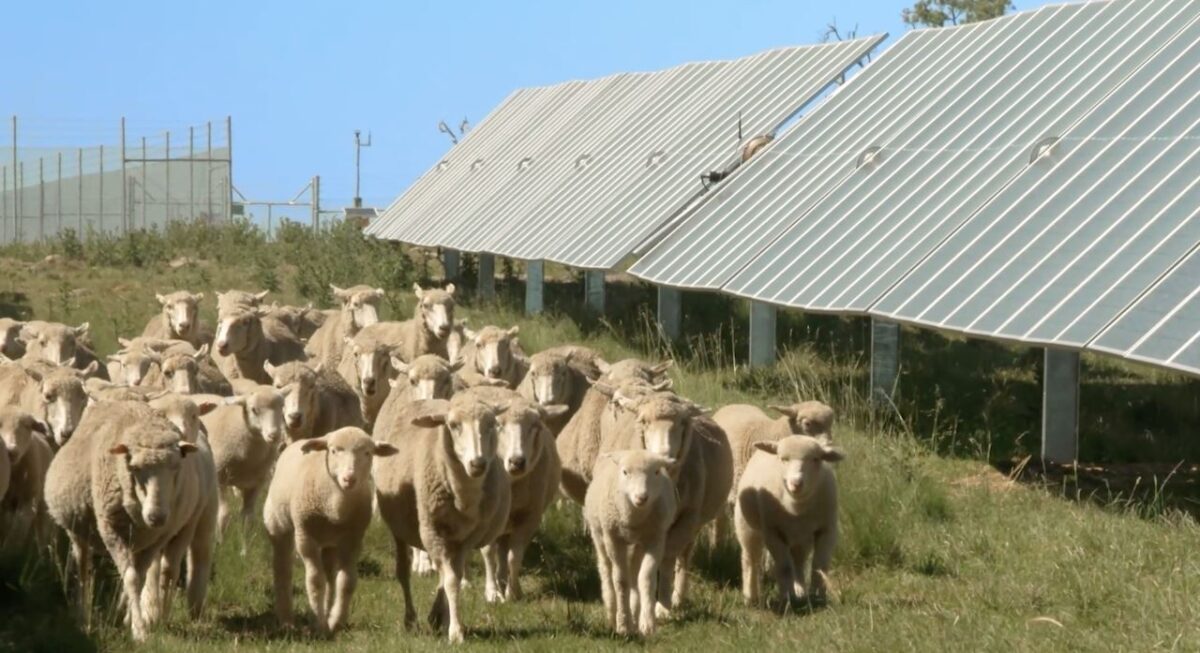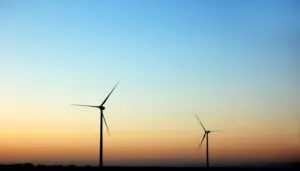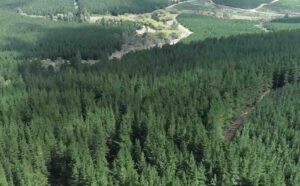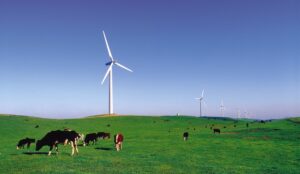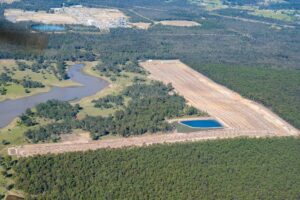New England Solar, a 400MW solar farm that currently shares the title of Australia’s largest solar farm, is not only generating at peak output, but is also now home to more than 6,000 sheep who call the 1,200-hectare site home.
The New England Solar farm is being built in two stages, with the 400MW stage 1 already operating and supplying electricity to New South Wales and Queensland, and a further 320MW solar farm and 200MW/2-hour battery under construction.
In addition to co-locating a battery energy system with the solar farm, New England Solar is also co-located with several thousand sheep – mainly merinos and other cross breeds.
According to developer Acen Renewables, more than 6,000 of the woolly animals are being rotated on and off the project site, which is now serving as a new feeding ground.
The sheep will spend six weeks on the land before being herded back to their sheds for health checks or vaccinations before then being moved on to other paddocks or straight back to their green solar pastures.
As can be seen in the above video the sheep are helping keep vegetation down, which in turn means less man hours for mowing, and providing feed for the sheep.
Acen Renewables expects it will take a few seasons to fully assess the benefits of solar grazing, however early signs already point to solar panels creating their own microclimate which has proven ideal for the woolly lawn mowers.
“They (the solar panels) shade the early morning pastures which prolongs the effects of the dew,” said Richard Munsie, one of two project landholders running sheep across the site.
“That helps the grass grow. And the panels also give shade to sheep and protection from frosts.
“We might even be able to run more sheep due to the climate created by the panels, but we’ll see.”
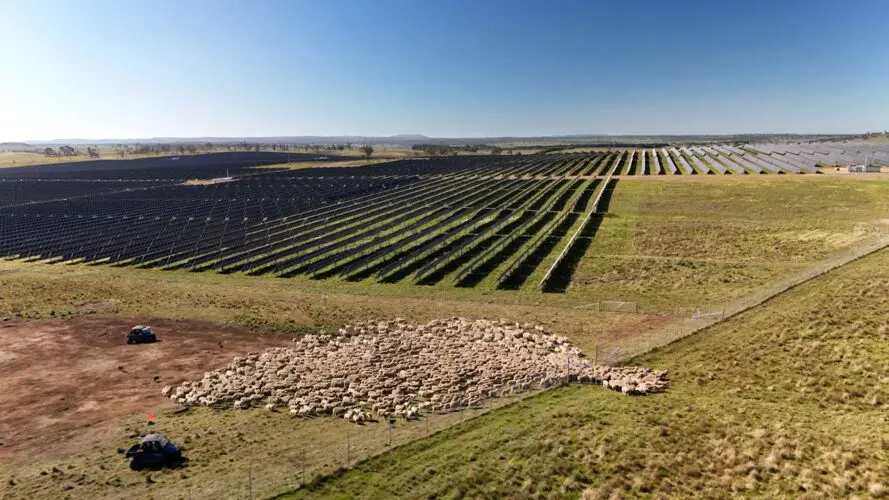
Cameron Wood, another project landholder, said installing solar panels on the land has also helped them drought proof their operations while still being able to let the sheep feed under the panels.
“The fresh grass and shade are a great combination – the sheep just look really happy,” said Wood.
“We’re looking forward to getting them in the sheds this winter for shearing, and their wool baled up for market.”

